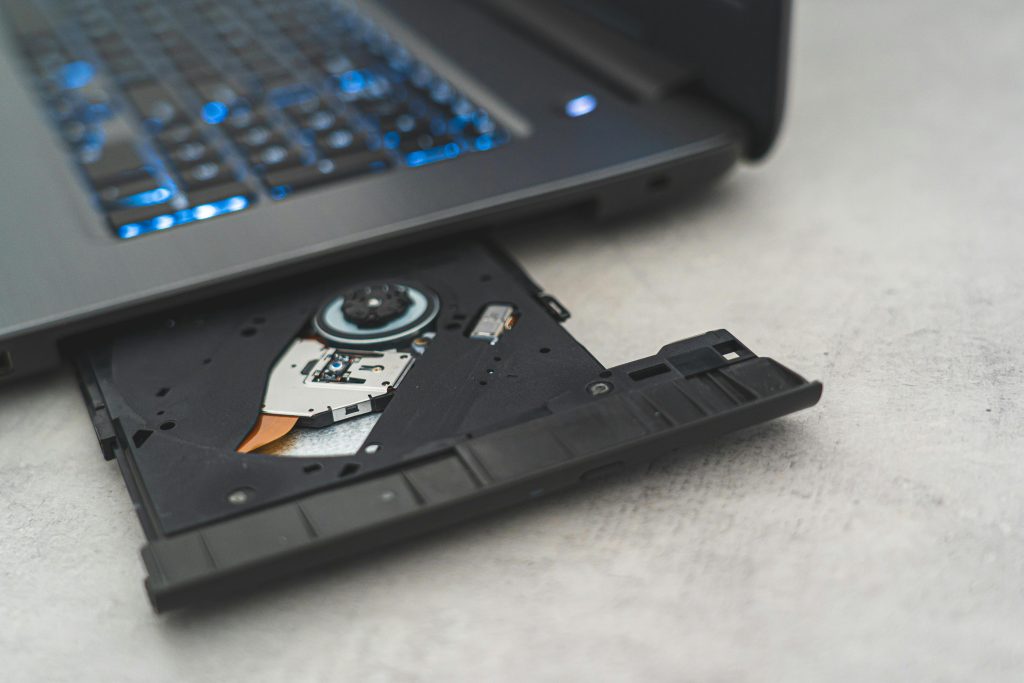Optimizing Internet Connectivity for Gamers in Rented Spaces: Strategies for Achieving Stable, Low Ping
In today’s digital age, a reliable and low-latency internet connection is essential for competitive gaming. For renters, especially those unable to install permanent wiring or modify existing infrastructure, achieving such connectivity can be challenging. This article explores practical solutions tailored for tenants seeking to enhance their online gaming experience through stable, low-ping connections.
Understanding the Situation
Imagine living in a rented property, occupying an upstairs room with limited direct access to wired Internet connections. The primary internet source is a landlord-provided router—a TP-Link Archer AX21 (AX1800, dual-band Wi-Fi 6)—located on the ground floor. While the router delivers robust speeds on the main Wi-Fi band (~500 Mbps on 5 GHz directly next to it), upstairs Wi-Fi performance drops significantly (~20 Mbps down, ~10 Mbps up), and more critically, ping stability is compromised during gaming sessions, with average latencies around 30 ms and spikes exceeding 100 ms.
Constraints include:
– Inability to run Ethernet cabling between floors.
– No coaxial outlets in the room, though coax is available nearby.
– Preference not to replace or modify the landlord’s router setup.
– Willingness to consider higher investment if it guarantees better stability.
Key Challenges
- Wi-Fi Signal Weakness and Instability: Distance, interference, and walls attenuate Wi-Fi signals, leading to inconsistent latency.
- Lack of Wired Connections: Ethernet cabling is not an option due to rental restrictions or building layout.
- Hardware Limitations: The existing router remains fixed; the solution should work alongside it without modifications.
Potential Solutions and Best Practices
1. Powerline Network Adapters
Powerline adapters utilize existing electrical wiring within a building to transmit network signals, effectively extending wired connectivity without laying new cables. High-end models such as TP-Link AV2000 or Netgear PLP2000 leverage advanced technologies to improve stability and throughput.
Advantages:
– Typically offer more stable and lower-latency connections than Wi-Fi extenders.
– Easy to set up—plug-and-play with minimal configuration.
– Compatible with various electrical circuits within the same building.
Considerations:
– Effectiveness varies based on wiring quality and circuit design.
– Performance may decrease if circuits are split or contain noise-generating devices.
– While generally providing better stability than Wi-Fi extenders, they
Share this content:



